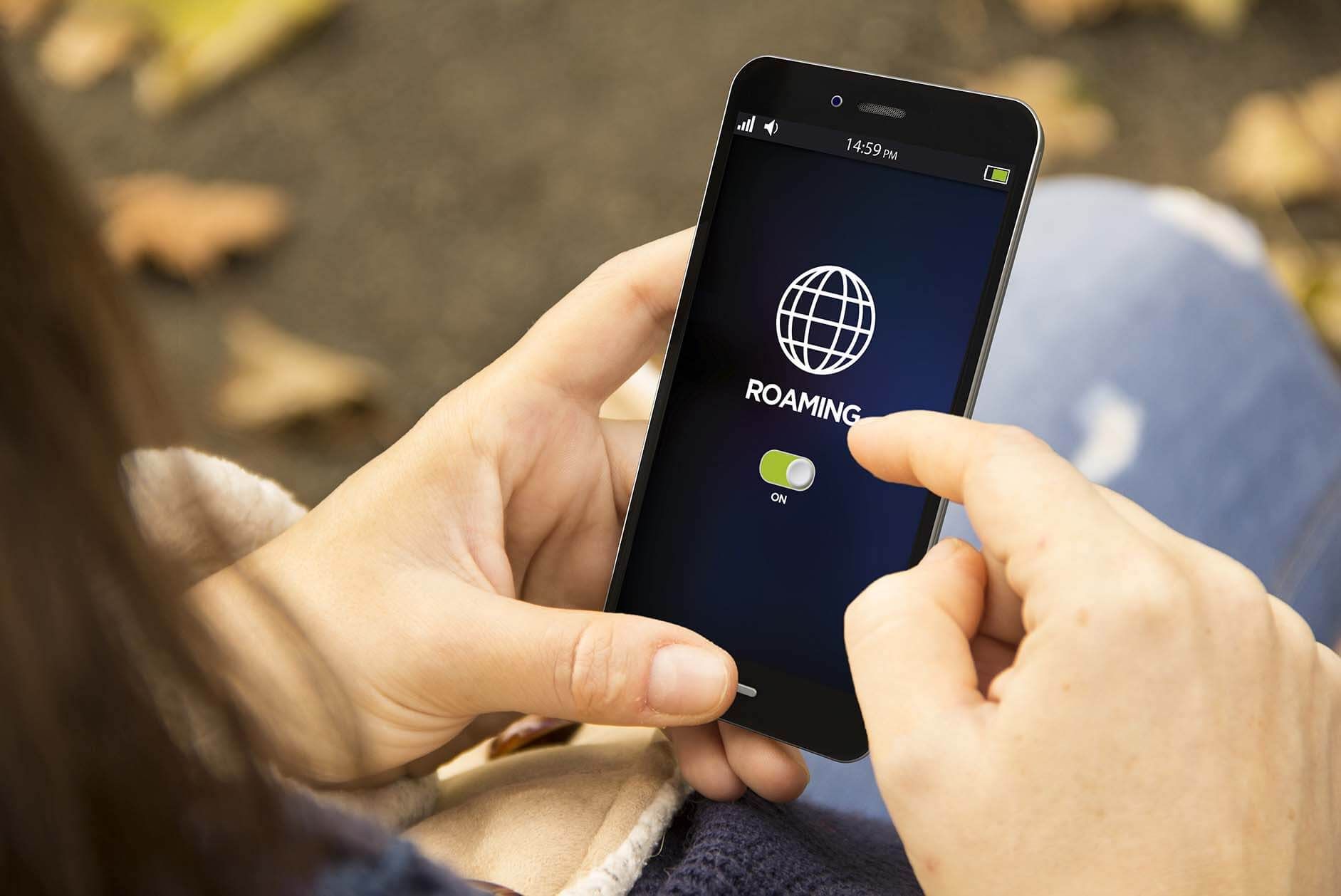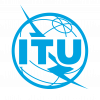BLOG
Telecom26 blog
Tech Tips #10: Why do so many MNOs charge so much for roaming?

Since data is effectively unlimited in many countries today, it’s actually a good question. And, while an MNO may argue that international bandwidth is more expensive than using its own dedicated infrastructure, it still doesn’t answer the question. After all, there are plenty of roaming zones, where there are no charges – the EU for example – and, many MNOs have multiple networks across different continents. Yet still, charges are often applied. In this tech tip, we’ll explore why – and how you can minimise them.
A bit of history
To understand why roaming has been so expensive, we have to go right back to the early days of the current mobile era – the launch of GSM. Unlike earlier analogue mobile services, GSM was designed from the outset to support roaming and interoperability. As GSM networks spread, roaming was enabled between them – often directly, but equally by roaming hubs. In theory, a GSM-enabled device can connect to any GSM-based network.
However, roaming was seen as a premium service – and based on the logical fallacy that, if a country was a long way away, then it should cost more to make calls there (or, today, to access data services). Many price plans were built on this simplistic approach, so a user from France would pay more in China than in Italy – but the network costs don’t necessarily support this argument.
Charging models
Originally, roaming was charged between different MNOs based on the retail “Normal Network Tariff” plus a markup. The total charge was then passed on to customers, placing a premium on International Mobile Roaming (IMR). In many cases, this premium remains in place, leading to a bounty that many MNOs are unwilling to relinquish.
However, competition led to the introduction of more differentiated offers. As a result, MNOs introduced a new fee for wholesale routing to different networks – the Inter Operator Tariff (IOT – not to be confused with IoT!). Once established, MNOs could discount this for preferred partners, according to traffic volumes and other factors. The potential for discounting any IOT is in place – but it is not always exercised.
But what about regulation?
Travellers often met with a surprise on their return when presented with their charges for the month or found that pre-paid fees rocketed. So-called ‘billshock’ created significant outrage, which was eagerly seized by the media. As a result of such events, regulators began to take a more active interest in IOTs and IMR in general.
Among others, the European Union set a timetable for the removal of roaming charges within the EU, driving ‘roam like at home’ legislation that eliminated fees for people moving between one EU member state and another. Similar initiatives have been launched in other territories and are designed to protect consumers. None-the-less, in many places roaming charges remain high.
Pan-operator agreements and zones
Some operators have leveraged their network assets across different countries to create internal roaming zones – enabling lower costs or allowing packages to apply when visiting different countries within the group. Other operators have also created alliances to deliver similar outcomes – although largely in countries in which they do not compete directly. However, many do not.
Others, meanwhile, have created groups that are aligned on geographic boundaries – the EU zone, US, ME, Asia and so on – offering different tariffs and packages for visitors to the countries in each of the zones. However, these are generally arbitrary groupings and do not reflect the real costs involved in delivering roaming traffic.
A different approach
Telecom26 is a new kind of global mobile service provider. We don’t have the historic baggage of many MNOs. Our prices are based solely on the prices we negotiate with different partners – which means that Australia and New Zealand can be grouped together with European costs – as can China.
As a result, we can pass discounts directly to customers, based on the real IOT costs that we pay. In the real world, prices have decreased massively since the launch of GSM, and we seek to ensure that customers benefit from the best options available. And, there’s another reason – multi-IMSI capability. We have multiple IMSI partners, which means we can find prices that MNOs with only a single partner cannot.
The Telecom26 network
Our network delivers global coverage, with pricing that makes sense, disrupting the legacy approach. We also understand that, for personal devices and plans, your current provider may have the best deals – if you only roam inside a defined zone. But if you leave that and travel frequently to other locations, we have options that will make sense for your business.
As a global provider of mobile connectivity, we offer both eSIM and physical SIMs. With both data-only or full-service mobile packages, Telecom26 provides a convenient alternative to existing contracts and packages. And, you can use our services alongside your existing provider, giving wider choice when roaming – and avoiding unnecessarily expensive charges. Which, after all, have their origins in a very different era from today.



